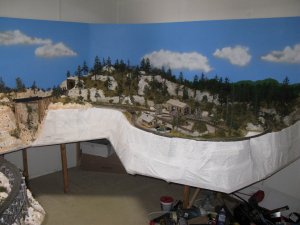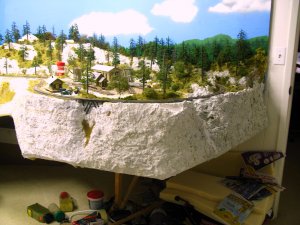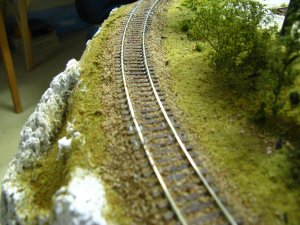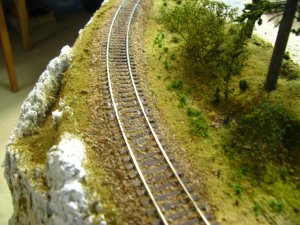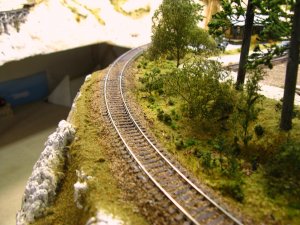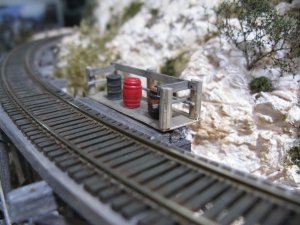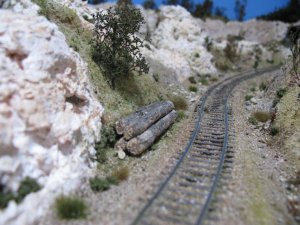HOexplorer
Well-Known Member
Tony, Another good question. I did not follow directions on the packaging. Normally I overlap maybe 30%. This saves money without sacrificing much strength. Now if I was building a layout for a museum or a rich fellow like you you can be sure I would overlap these cloths. I am not worried at all about the fudging on the steep sides, plus I wanted to show the area one package would cover, in the best of circumstances of course. I've found that after Sculptamold dries and cures that virtually all the webbing and plaster cloth is not even needed. Sculptamold is quite strong in its own right. Actually, I pulled out most of the webbing and plaster cloth from under the mountains to help with train access. Nothing has fallen down yet! Jim

